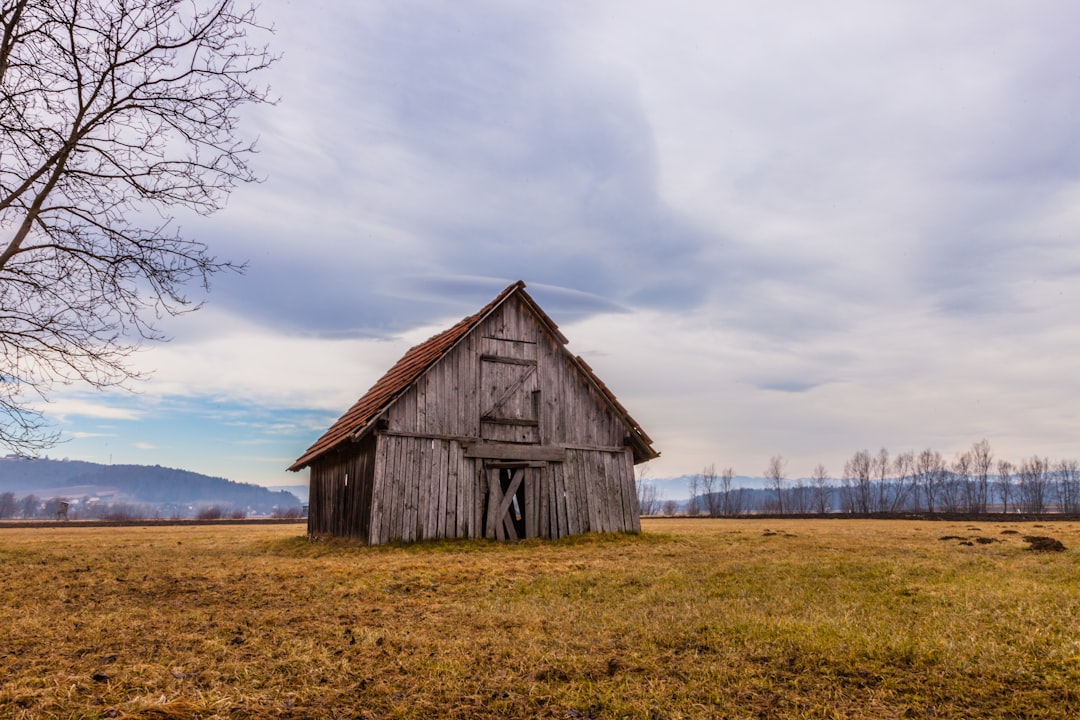Water intrusion can be a homeowner’s worst nightmare. It not only causes damage to a building’s structure but also leads to mold and mildew, which can have serious health implications. One effective way to prevent this issue is by using an exterior waterproofing membrane. This method serves as a barrier, protecting the foundation and walls from the damaging effects of water.
An exterior waterproofing membrane is applied to the outside of a building’s foundation. It acts as a shield, preventing water from penetrating the walls and causing structural damage. These waterproofing systems are critical for buildings in areas with high rainfall or prone to flooding. They are designed to withstand harsh weather conditions and provide long-lasting protection.
There are various types of exterior waterproofing membranes available, each with distinct characteristics and applications. Some are applied as sheets, while others are liquid that cures into a seamless barrier. A liquid membrane, for example, is popular for its ease of application and ability to cover complex surfaces without seams. This type of membrane is often made from materials like bitumen, polyurethane, or rubber, which offer excellent durability and flexibility.
Installation typically requires a professional, as it involves preparing the foundation surface, applying the membrane, and ensuring it adheres correctly. Proper installation is crucial for the membrane to function effectively. Any gaps or misapplications can lead to leaks, which is why hiring experienced contractors is recommended.
In addition to their primary function of preventing water ingress, these membranes also help insulate a building. By keeping moisture out, they contribute to maintaining a consistent internal temperature, which can enhance energy efficiency. This added benefit makes exterior waterproofing membranes a wise investment for both residential and commercial properties.
When selecting an exterior waterproofing membrane, it’s important to consider factors such as the local climate, the building’s structural requirements, and budget constraints. High-quality membranes may have a higher initial cost but can save money in the long run by preventing costly repairs and maintaining a building’s integrity.
For those interested in learning more about waterproofing solutions, this website offers comprehensive resources and expert advice. They provide detailed information on different types of membranes and their applications, helping property owners make informed decisions.
In conclusion, protecting a building from water damage is essential for preserving its value and ensuring the safety of its occupants. Exterior waterproofing membranes offer an effective solution for preventing water intrusion and maintaining the structural integrity of a building. With the right product and proper installation, homeowners can safeguard their investment and enjoy peace of mind knowing their property is protected against the elements.






